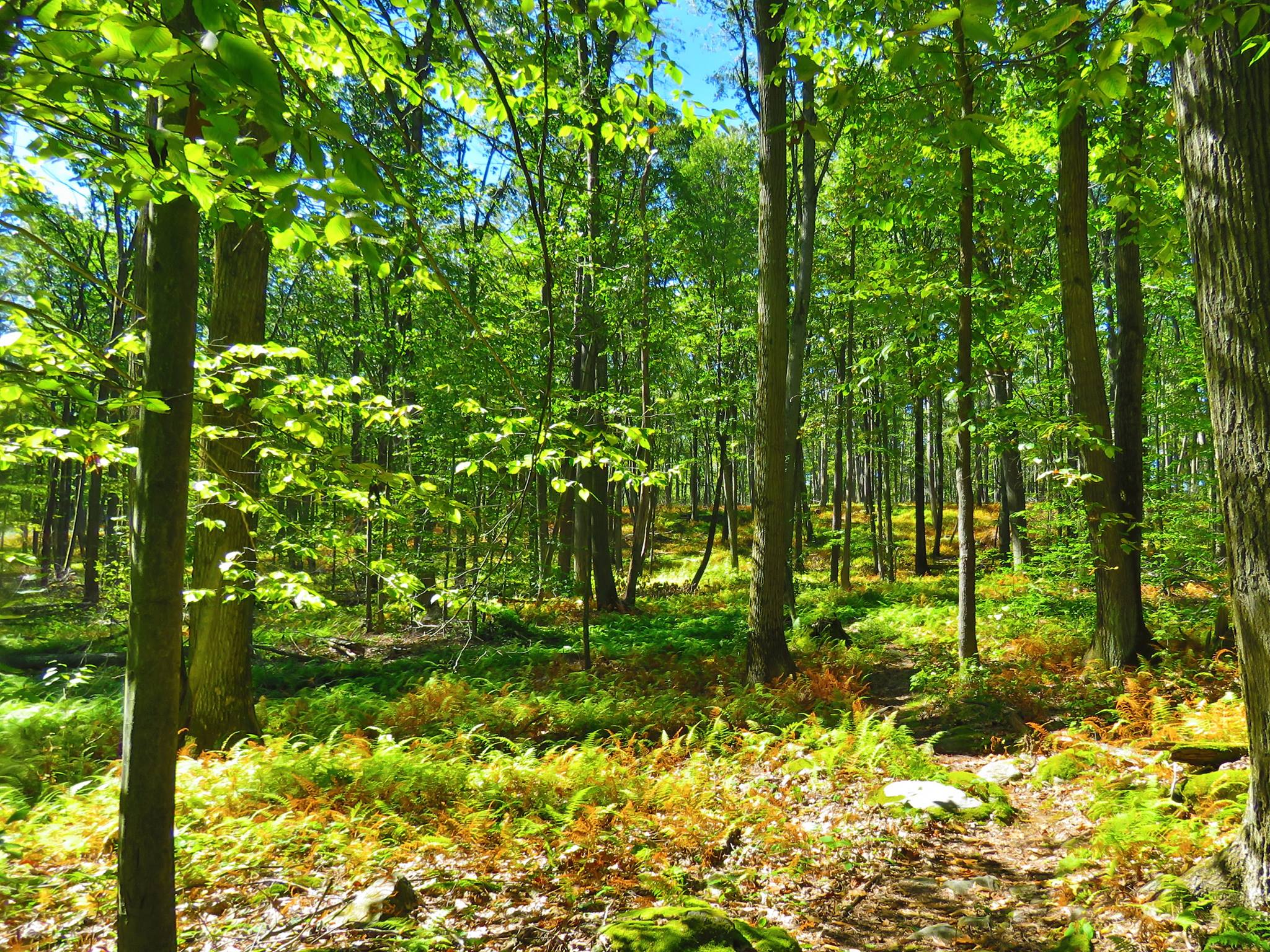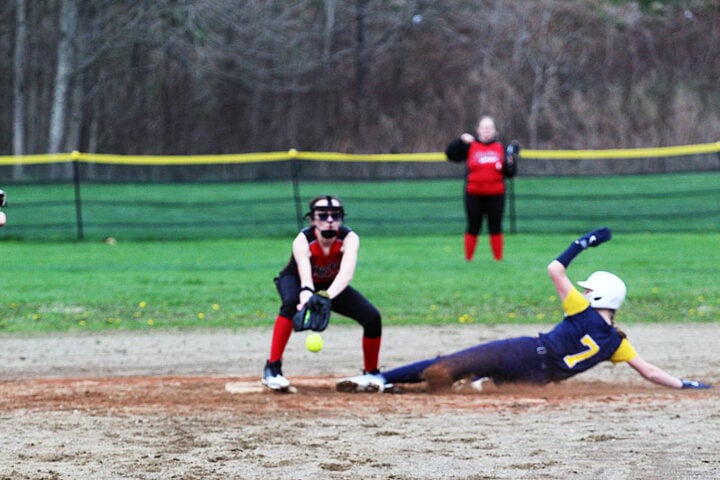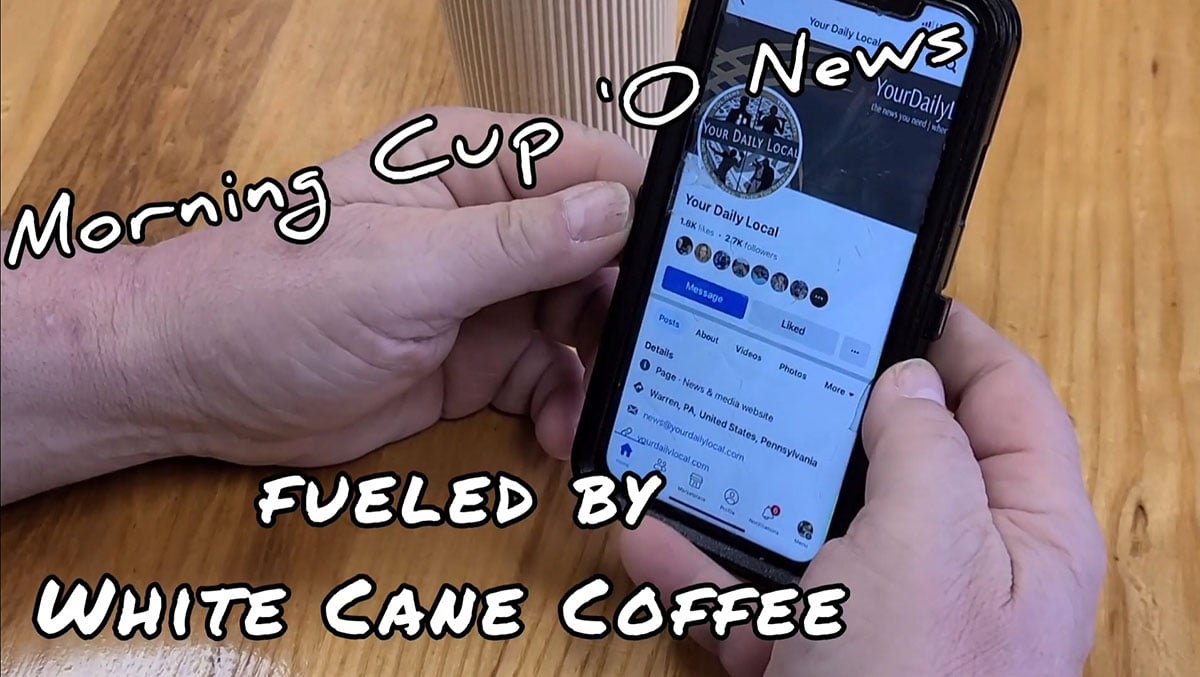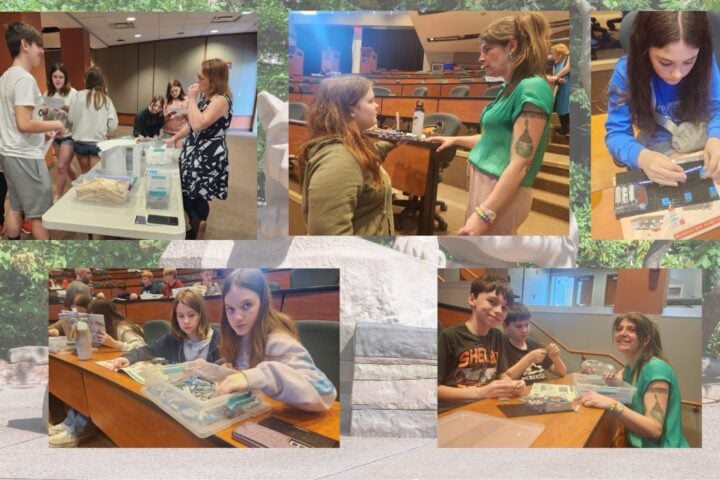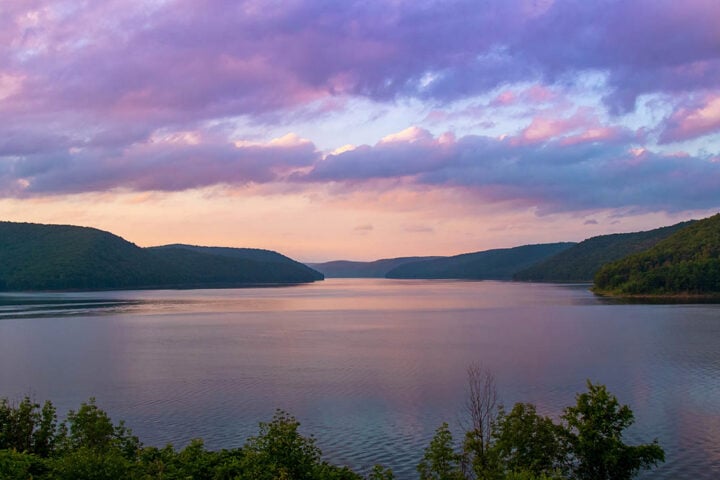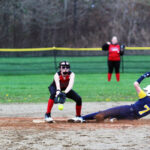WARREN, Pa. – The U.S. Department of Agriculture, Forest Service plans to conduct two fall prescribed fires on the Allegheny National Forest in Elk and Forest Counties.
The burns are planned to occur after November 1st.
They will be implemented according to an approved burn plan and carried out by trained and qualified wildland fire personnel.
Fire management staff, in consultation with forest resource specialists, have identified wildlife habitat management goals for a 23-acre burn of the newly created savannah in the Grouse Garden Unit located east of Loleta, within Millstone Township. They also identified oak ecosystem restoration and management goals for a 12-acre burn northeast of East Hickory in Hickory Township. The 12-acre burn is a continuation of last spring’s successful 700-acre burn of the Izenbrown Unit.
Prescribed fires are a historic and natural process for several ecosystems including oak/hickory forests, savannah, and grasslands. Oak/hickory forests comprise approximately 16 percent of the Allegheny National Forest and require periodic fires to reduce competing vegetation, recycle soil nutrients and stimulate the increased production of acorns, blueberries, blackberries, and other mast crops.
Wildlife species, such as white-tailed deer, wild turkey, butterflies, songbirds, grouse, snakes, and turtles use burned areas for cover, warming, and a place to raise their young. In addition, prescribed fires reduce hazardous fuels, which can lead to uncontrolled wildfires.
Prescribed fires are conducted with the safety of the public and firefighters as the highest priority.
A prescribed fire will only occur after a prescribed fire burn plan has been approved, qualified resources are available and environmental parameters are met and appropriate. The plans take into consideration and address ecological concerns and agency policies. Plans are implemented only when the prescribed parameters are met, including wind speeds and direction, relative humidity, temperatures, fire danger, seasonal restrictions, and mitigation of potential smoke impacts.















